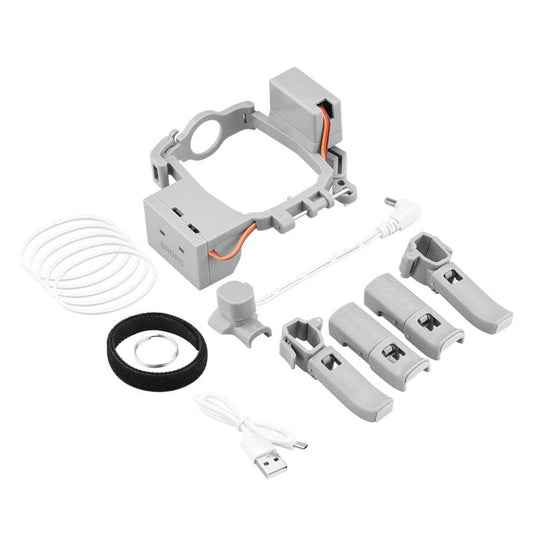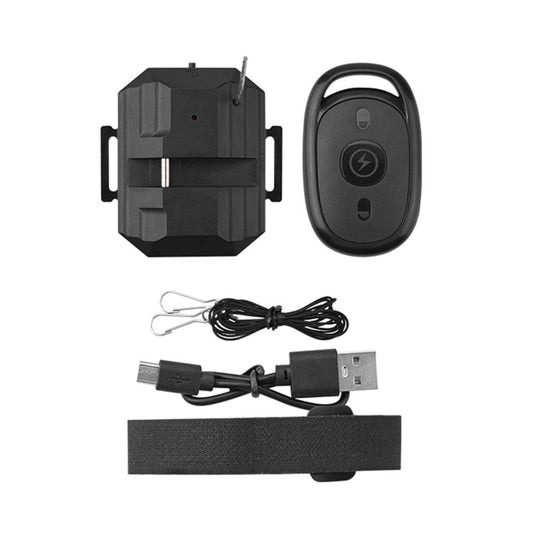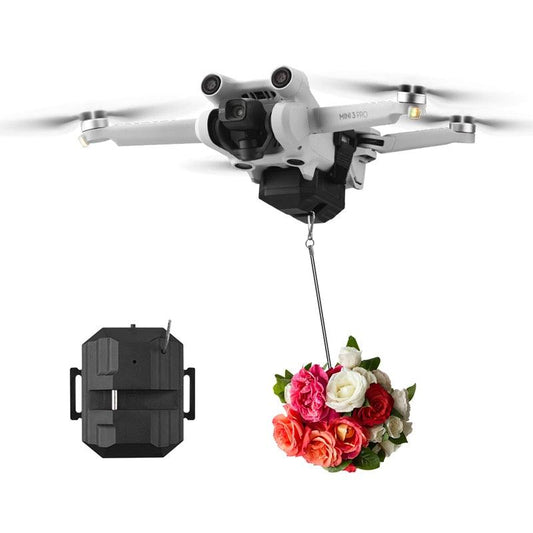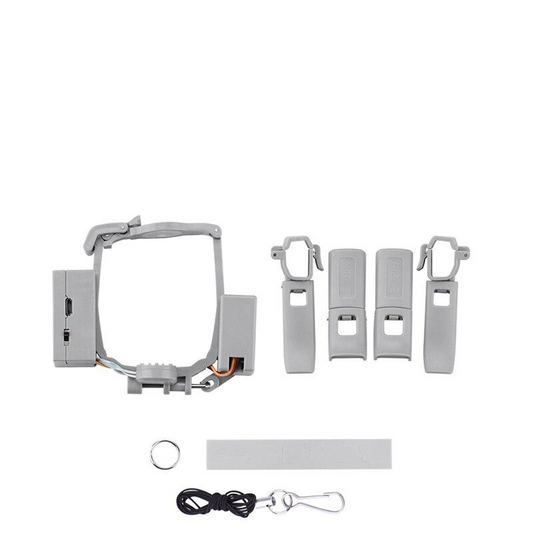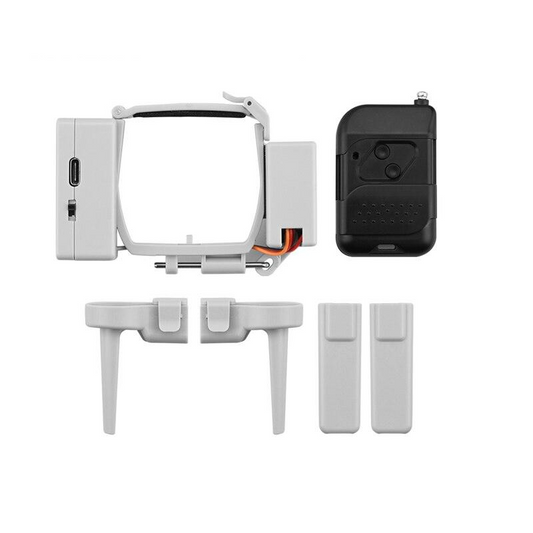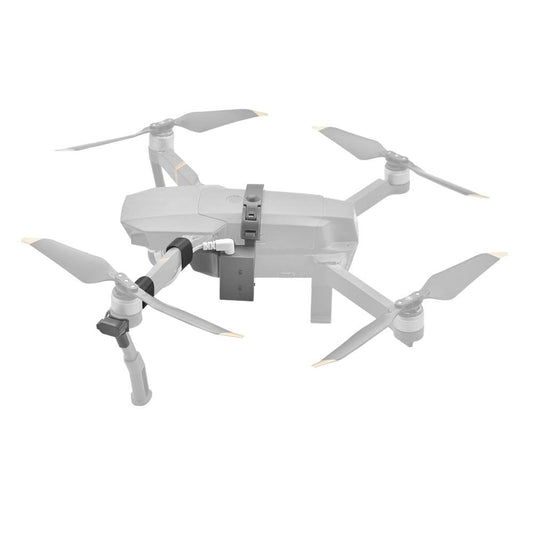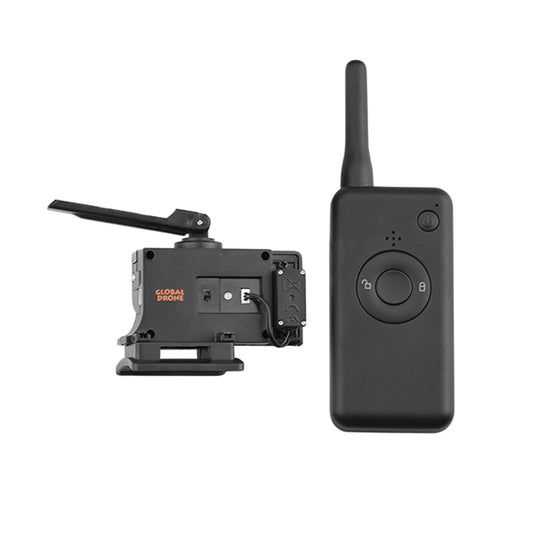-
MG996R Servo - Payload Drop Release Servo Parabolic Switch Releaser UAV Throw Device Drone Plane Remote Controll Airdropping for RC Multimotor
Regular price From $6.09 USDRegular priceUnit price per -
SKYTEAM 35kg Digital Air-drop - Airdrop Switch Goods Air Release Device RC Multicopter Drone Airplane Airdrop DIY KIT
Regular price From $9.22 USDRegular priceUnit price per -
Tarot TL2962 40kg Payload Release and Drop Device
Regular price $99.00 USDRegular priceUnit price per -
Airdrop System for DJI Mavic air 2/Air 2S Mini 2 Mavic 2 Pro Drone Fishing Bait Gift Rescue Remote Thrower for FIMI X8 SE 2020
Regular price From $28.74 USDRegular priceUnit price per -
Drone Drop System / Drone Thrower - universal for Most Drones such DJI 4DRC JJRC Syma Hubsan FIMI Drone Fishing Ring Gift Deliver Life Rescue
Regular price $29.72 USDRegular priceUnit price per -
RCDrone FY-WJ401 Drone Parachute System for Safe Landing (4KG-15KG) | Pixhawk Compatible
Regular price From $49.00 USDRegular priceUnit price per -
STServo 25kg Remote Control Air-Drop Releasable Servo Kit - maximum 6kg load release goods from air for Drone Fix-wing Helicopter
Regular price From $9.90 USDRegular priceUnit price per -
Airdrop System for DJI Mavic 3/2 Pro Zoom AIR 2 Mini 2/Mini 3 Drone Fishing Bait Wedding Ring Gift Deliver Life Rescue Thrower
Regular price From $26.35 USDRegular priceUnit price per -
Airdrop System for DJI Mini 3 Pro/MINI 1 2/MAVIC PRO Drone Fishing Bait Wedding Ring Gift Deliver Life Rescue Thrower
Regular price $26.57 USDRegular priceUnit price per -
4-15kg Drone Parachute for FPV & UAV Nylon Ejection Parachute for Safe Landing
Regular price From $45.00 USDRegular priceUnit price per -
JX Servo 20kg Digital Airdrop - Drop Switch Goods Release Device Releaser for RC Multimotor Drone Airplane Airdrop DIY KIT
Regular price From $10.10 USDRegular priceUnit price per -
SKYTEAM 12kg Airdrop Servo Kit - Airdrop Switch Goods Air Release Device Multirotor Drone Airplane Airdrop DIY KIT
Regular price $28.99 USDRegular priceUnit price per -
Drone Airdrop for DJI Mavic Mini 2/Mini 1/SE/MINI 3 PRO Air Drop System Thrower Fishing Bait Wedding Ring Gift Throw Deliver
Regular price From $33.95 USDRegular priceUnit price per -
Airdrop System for DJI Mavic 3/3 Classic/2/AIR 2/2S Drone Thrower Fishing Bait Wedding Ring Gift Deliver Life Rescue Kits
Regular price From $34.94 USDRegular priceUnit price per -
Airdrop System for Drone DJI Mavic AIR 2/2S/3/2 Wedding Proposal Delivery Device Dispenser Thrower Air Dropping Transport Gift
Regular price From $28.71 USDRegular priceUnit price per -
STARTRC Airdrop System for DJI Avata 2 – Top Extension Mount Holder, Type‑C Dropper, 400g Payload, ABS+PC, 55g
Regular price $58.40 USDRegular priceUnit price per$0.00 USDSale price $58.40 USD -
Flyfire Manti 3 Flight Safety Drone Parachute for DJI Mavic / Air Drone Safety Umbrella
Regular price From $39.00 USDRegular priceUnit price per -
RCDrone S-Cube 2kg Drone Parachute System – Intelligent Auto-Deploy Safety Solution for UAVs
Regular price From $89.00 USDRegular priceUnit price per -
RDD-6 6CH 150mm 1.3KG/Ball Fire Extinguisher Ball Release and Drop Device For Fire Fighting
Regular price $1,699.00 USDRegular priceUnit price per -
Drone Remote Thrower - Air Drop Dropping System for DJI Mavic Pro Platinum Gift Deliver Life Saver Fishing Bait Ring Sender Kits
Regular price $29.73 USDRegular priceUnit price per -
Drone Drop Device Drone Thrower Release Device - for Drone DJI Mavic Mini 2 Phantom 3 4
Regular price $51.22 USDRegular priceUnit price per -
CHASING Water Sampler — 500 ml ROV Water Sampling Module (for CHASING M2 PRO / M2 PRO MAX)
Regular price From $359.00 USDRegular priceUnit price per -
CHASING Sediment Sampler – Underwater Solid Sample Collector (for Grabber Arm 2)
Regular price $599.00 USDRegular priceUnit price per -
CHASING Salvage Circular Claw — Large-Diameter Underwater Encircling Tool for ROV Salvage
Regular price $529.00 USDRegular priceUnit price per -
CHASING Circular Claw – Underwater Locking & Dragging Tool Head (for Grabber Arm 2)
Regular price $449.00 USDRegular priceUnit price per -
CHASING Grabber Arm 2 — Standard Two-Jaw Clamp with Interchangeable Tool Heads
Regular price $1,199.00 USDRegular priceUnit price per -
CHASING Grabber Claw B (for GLADIUS MINI S)
Regular price $599.00 USDRegular priceUnit price per -
CHASING Grabber Claw A – Two-Jaw Underwater Gripper for M2 Series ROVs
Regular price $599.00 USDRegular priceUnit price per -
StartRC Airdrop System for DJI Mavic Air 2S/Mavic 3/Mini 3 Pro/2 SE - Fishing Bait, Gift & Rescue Drop Accessory
Regular price From $43.43 USDRegular priceUnit price per$0.00 USDSale price From $43.43 USD -
StartrC 3‑in‑1 Airdrop System for DJI Mavic 3/3 Pro/3 Classic with Mount Holder, Landing Gear & AUX Navigation Light
Regular price $65.26 USDRegular priceUnit price per$0.00 USDSale price $65.26 USD -
STARTRC Airdrop System for DJI Mini 4 Pro & Air 3 — Light‑Sensitive Drone Dropper, 1/4" Mount, 60g/400g Load, USB‑C
Regular price From $44.48 USDRegular priceUnit price per$0.00 USDSale price From $44.48 USD -
STARTRC Drone Airdrop System Thrower for DJI Mavic 4 Pro, Photosensitive Dispenser, 480g Load, 50mAh, ABS+PC, Type‑C
Regular price $46.36 USDRegular priceUnit price per$0.00 USDSale price $46.36 USD -
Flyfire Drone Active Rescue Buoy - 6s Fast Inflation for Water Rescue
Regular price $599.00 USDRegular priceUnit price per -
RCDrone XU DPS Series Drone Parachute Recovery System (10-100KG Load Capacity)
Regular price From $1,019.00 USDRegular priceUnit price per -
5KG Drop Box for Drone Delivery DJI M600 Compatible with Quick Release Mechanism
Regular price $2,499.00 USDRegular priceUnit price per -
Drone Winch with 30m Rope and Hook for Delivery
Regular price $3,999.00 USDRegular priceUnit price per



